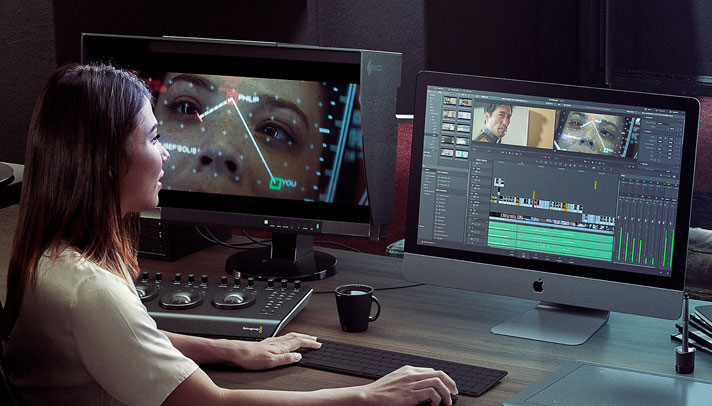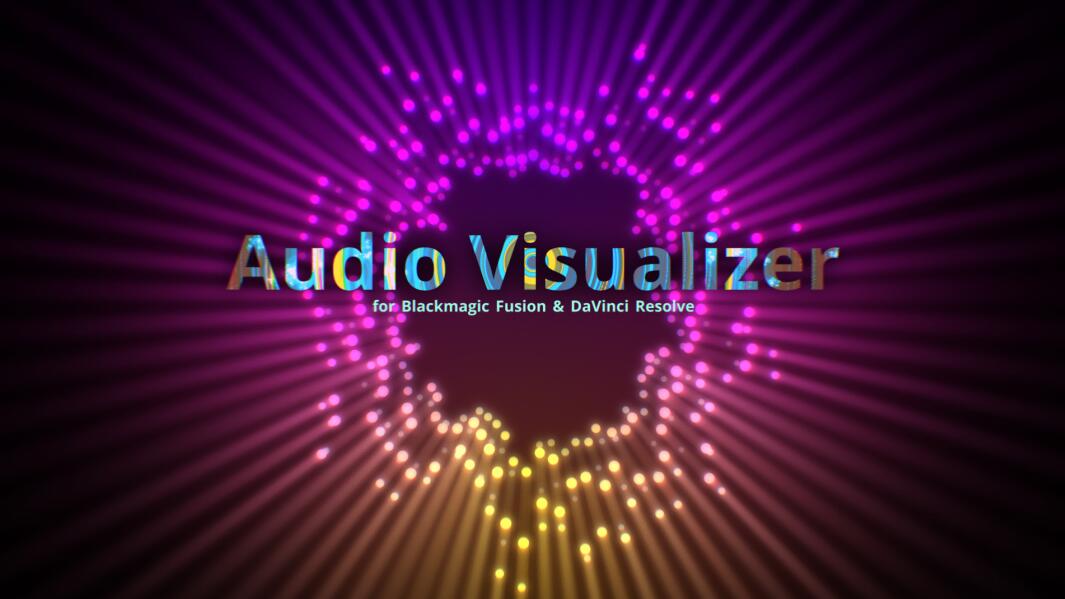

SmallHD false color scheme with IRE values The first version of the plugin had this functionality, so it is more than likely to see it in version 2 as well.

That way you can use the color scheme you are used to the most. Presets can be very handy as they are designed to mimic false color modes of popular cameras and monitors such as the RED false color scheme or the smallHD scheme for example. That means certain features are still missing, such as presets. One thing to remember is that the current version of the OpenFX plugin (ver. Still in beta (not anymore – see update below) You can adjust each value to your liking, so the plugin is very flexible, yet pretty simple to use. Also, you can toggle the node which contains the false color plugin on and off to see the plain image when done with false color mode. That way, you can match different shots and add more artistic secondary grades later on.

Personally, I would use a dedicated node just after the first node which contains primary corrections. Drag it onto a node and you’ll see the effect immediately. The workflow for DaVinci Resolve would be this: select the false color OpenFX effect from the OpenFX tab in the upper right corner of your screen when working on the color tab. It’s available for both Windows and Macintosh platform and the best thing: For now, it’s free of charge. The plugin can be extremely helpful in the process of matching shots in terms of consistent contrast and lighting ratios in an edited sequence. The plugin, developed by Tomasz Huczek, brings this functionality to Davinci Resolve in the form of an OpenFX plugin which means it works in other programs like Scratch, Nuke, and Sony Vegas, too. Depending on your workflow, looking at the given image is far easier rather than looking at scopes as you’re able to see both, your video feed and the exposure overlay at the same time and in the same window. That way, you’ll get an oddly colored image, but you can spot overexposed parts in the blink of an eye while checking for correct skin tones at the same time.


 0 kommentar(er)
0 kommentar(er)
